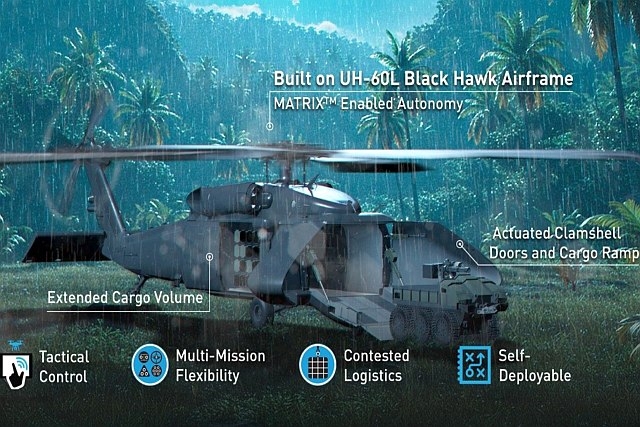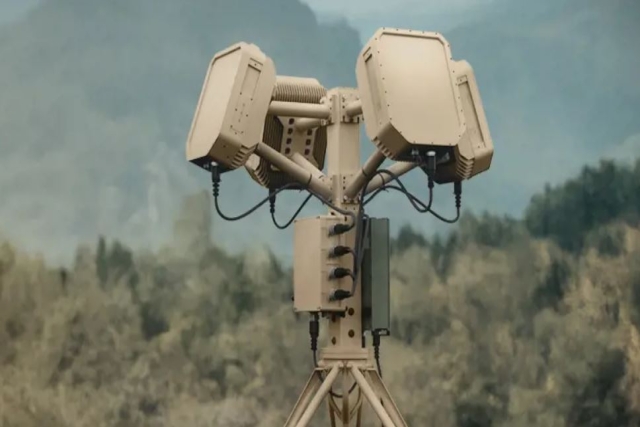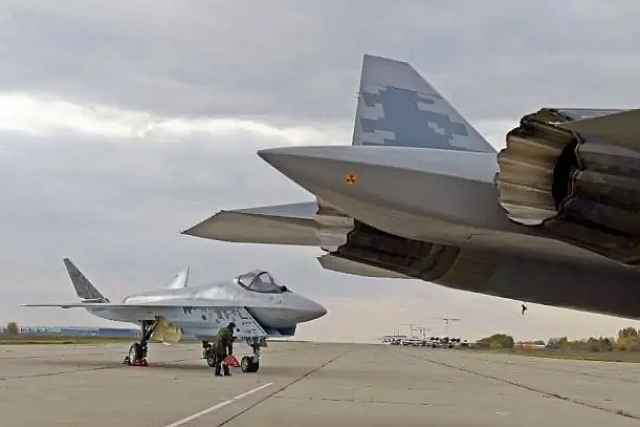India To Test Fire Astra Missile After Much Delay

India's first air-to-air Astra missile is finally back on track now after a long delay due to technical glitches.
The beyond visual range (BVR) missile, with an eventual strike range of over 100km, will be fired for the first time from a Sukhoi-30MKI fighter this year.
The BVR missiles are quite complex, with rocket/ramjet propulsion, micro-computers, active radar guidance/inertial navigation systems, terminal radar frequency seekers and the like - since they have to effectively destroy highly-agile supersonic fighters packed with "counter-measures" at long ranges.
Only a few countries like the US, Russia, France and Israel have managed to develop BVRs.
DRDO chief Avinash Chander candidly admits there are major technical problems in development of the Astra BVR missile, which sometimes pose bigger challenges than even nuclear-tipped ballistic missiles. "The missile was repeatedly failing since the aerodynamically controlled interactions were very severe," he said in an interview.
"Finally, we changed the entire missile configuration. It has now undergone three successful ground trials. It then underwent captive flight trials in a Sukhoi-30MKI this April. We are over the hump now. We hope to actually fire it from a Sukhoi-30MKI by year-end," Chander said.
With these "developmental flight trials" slated to soon kick off, which will involve a battery of tests covering the entire flight envelope, the aim is to make Astra ready for induction by mid-2015 "if there are no further surprises", added the DRDO chief.
Astra will have a Mark-I version with a 44-km range, which will be followed by the over 100km Mark-II version. "Astra will be a state-of-the-art missile that will first be fitted on Sukhoi-30MKIs and then Tejas Light Combat Aircraft, followed by others. We are pretty confident it will happen soon," said Chander.
Astra has had a chequered history. Long in the making, with its prototypes even being tested earlier, the Astra project was finally officially sanctioned in March 2004 at an initial cost of Rs 955 crore. But deadlines and project completion dates have long fallen by the wayside.
Consequently, IAF continues to import expensive missiles like the Israeli Derby, Russian AA-12 Adder, French MICA and Matra Super 530D for its combat aircraft fleet. Incidentally, Pakistan too has been buying large quantities of air-to-air missiles like the AMRAAM and AIM-9M Sidewinder from the US.









